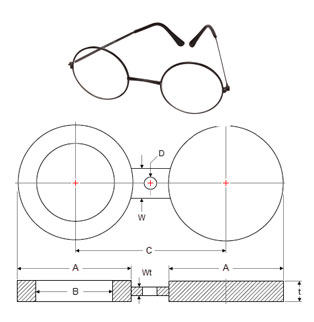Bolts
 |
| Bolts |
Standard Hex Head Bolts (Full Thread/Half Thread), Carriage Bolts,U-Bolts, J Bolts, Foundation Bolts, Step Bolts, Eye Bolts etc.
Nuts
 |
| Nuts |
Standard Hex Nuts, Lock Nuts, Slotted Nuts, Castle Nuts, Fine Pitch Nuts(Special), Serrated Nuts, Left-Hand Nuts, Self Clinch Nuts etc.
Screws
 |
| Screws |
Allen Cap Screws, Grub Screw, Machine Screw in Cheese Head, CSK Head,Round Head, Pan Head, Mushroom Head, Self Tapping, Sheet Metal, Trilobular TapTite, Wood Screw etc.
Washers
 |
| Washers |
Plain Washers, Spring Washers, Tapper Washers, Star Lock Washers, DiscWashers, Multi Teeth Lock Washers, Bearing Washers, Wave Washers, Fan DiscWashers, Contact Washers, Conical Washers, Belleville Washers etc.
StudsBolts / Studs
 |
StudsBolts / Studs
|
Stud Bolts :- As Per ASTM & Fully Threaded Studs, Partly ThreadedStuds,Studs as per IS 1862 Type 1,2,3 etc,Tie Rods & Self Clinch Studs
Other Fasteners
High Tensile High Strength Structural Bolts/ Nuts, Anchor Fastener,Expansion Fastener, Dowel Pin, Spring Dowel Sleeve, E-Clips, Circlips, TapperPins and others.All items as per Drawing or Specifications.
Sizes: - From 3 mm to 100 mm & equallyin inches
Plating: - Hot Dip Galvanized, YellowPassivated, Zinc Passivated, Cadmium Plated, Nickel Plated, Tin Plated etc.
Material: - Mild Steel, StainlessSteel, High Tensile Alloy Steel, Brass, Copper, Aluminum, Bronze, Monel,Inconel etc.
Grade: -
Mild Steel: - 4.6 grade, 4.8 grade, 5.6grade, 6.6 grade.
High Tensile Steel:- 8.8grade, 10.9 grade, 12.9 grade etc.
Stainless Steel: - S.S 304,S.S 310, S.S 316, S.S 304L, S.S 316L, S.S 410 etc & many more.
As per ASTM - A193grB7,B8, B8M, B16, L7, L43 etc & similarly in nuts.



